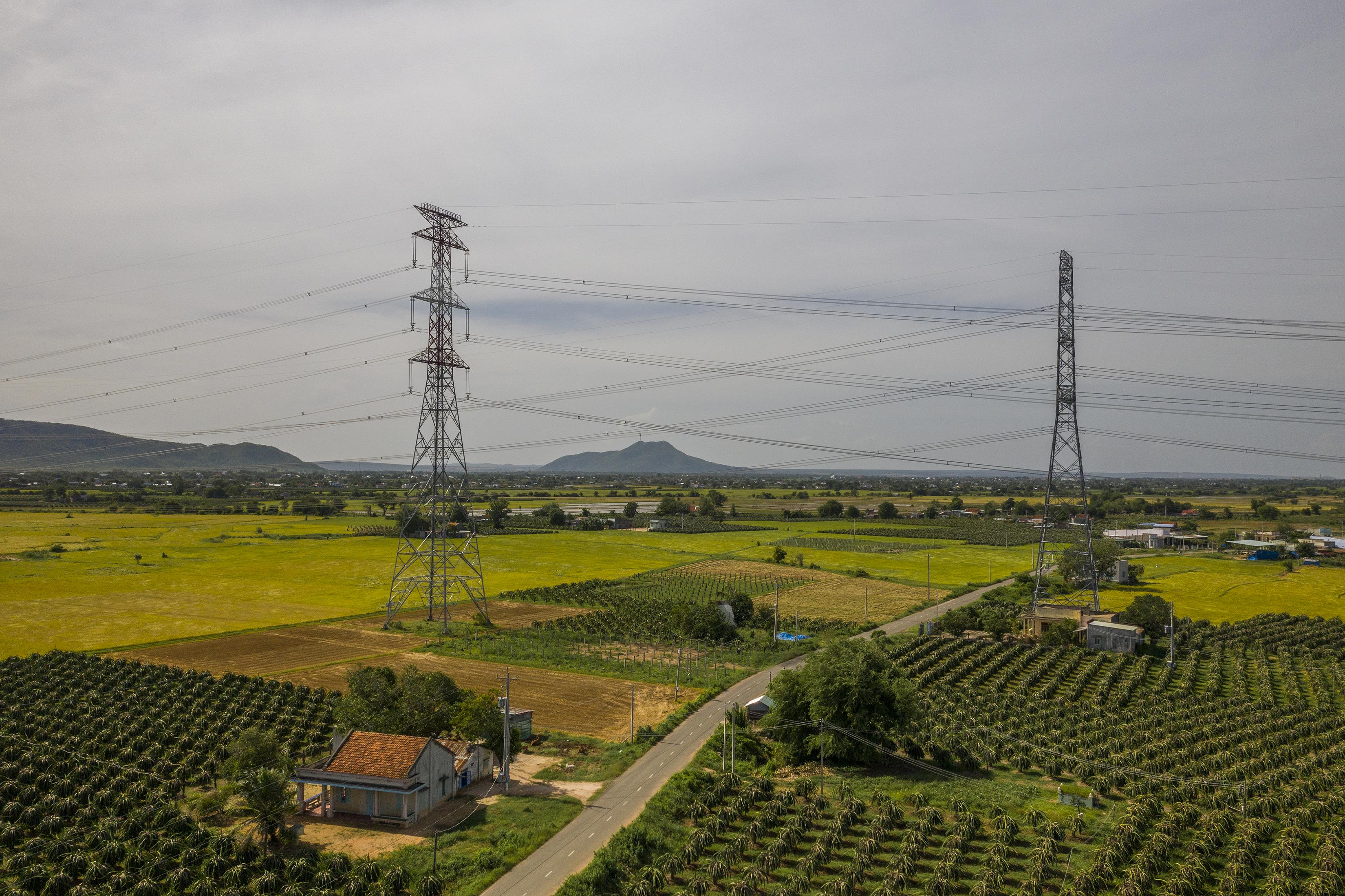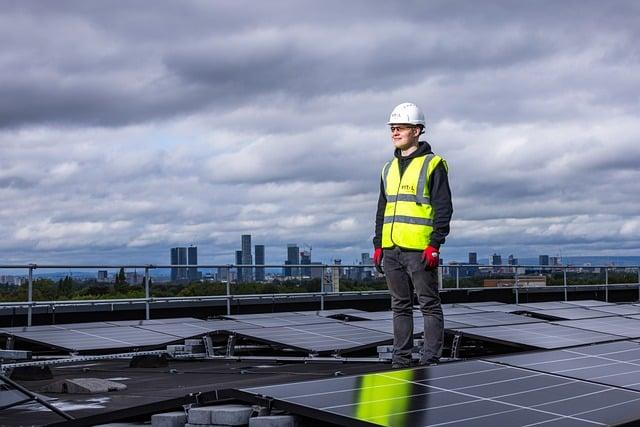In the vast tapestry of renewable energy solutions, a new star is emerging, shimmering across the surface of our planet’s lakes, reservoirs, and oceans. Floating solar farms, once a niche innovation, are now capturing the attention of energy enthusiasts and environmentalists alike. As the sun’s rays dance upon these aquatic panels, a quiet revolution unfolds, promising to reshape our approach to sustainable energy. With the dual advantage of generating power while conserving precious land resources, these buoyant powerhouses are rapidly gaining popularity. This article delves into the rise of floating solar farms, exploring their potential to illuminate a future where technology and nature coexist harmoniously.
Harnessing the Suns Reflection Exploring the Rise of Floating Solar Farms
The innovative approach of utilizing floating solar farms is capturing the attention of energy enthusiasts worldwide. These marvels of engineering are ingeniously installed on water bodies such as reservoirs, lakes, and even oceans, turning previously untapped surfaces into hubs of renewable energy production. The concept offers a range of benefits that contribute to its burgeoning appeal. Not only do these installations reduce the need for valuable land space, but they also benefit from the natural cooling effects of water, enhancing the efficiency of solar panels.
As these projects gain momentum, several factors are driving their popularity:
- Environmental Benefits: By minimizing land use, floating solar farms help preserve natural habitats and agricultural land.
- Energy Efficiency: The cooling effect of water enhances the performance of solar panels, potentially leading to higher energy output.
- Reduced Evaporation: Covering water surfaces can reduce evaporation, helping to conserve vital water resources.
- Scalability: Floating solar farms can be expanded easily, making them an attractive option for regions with limited land availability.
These advantages are not only steering the industry towards a more sustainable future but also encouraging global investment and interest in this promising technology.

Environmental Benefits of Floating Solar Arrays Maximizing Space and Reducing Evaporation
Floating solar arrays are transforming the way we think about renewable energy, offering a unique solution to space constraints and water conservation. These innovative systems are installed on bodies of water, such as reservoirs and lakes, allowing for optimal use of otherwise unused surfaces. This approach not only frees up valuable land resources but also integrates seamlessly into the natural landscape.
One of the most significant environmental advantages is the reduction of water evaporation. By shading the water surface, these solar panels help preserve vital water resources, particularly in arid regions where evaporation can be a critical issue. Additionally, the presence of the arrays can lead to a decrease in algae growth, as they limit the sunlight that reaches the water. Some of the key benefits include:
- Maximized space utilization: Efficient use of water bodies reduces the need for land-based installations.
- Water conservation: Decreased evaporation helps maintain water levels.
- Enhanced water quality: Reduced algae growth and temperature regulation.

Innovative Technologies Driving the Expansion of Aquatic Photovoltaics
The emergence of aquatic photovoltaics has transformed the renewable energy landscape, presenting innovative solutions to some of the most pressing environmental challenges. These floating solar farms are an ingenious use of available water surfaces, optimizing space and reducing the need for land, which is becoming increasingly scarce. By leveraging bodies of water, they also help in minimizing evaporation, providing a dual benefit in water conservation, especially in arid regions.
- Efficient Cooling: The natural cooling effect of water enhances the efficiency of solar panels, allowing them to operate at optimal temperatures and improve energy output.
- Reduced Land Use: Utilizing water bodies prevents land-use conflicts, preserving terrestrial ecosystems and agricultural lands.
- Mitigation of Algal Blooms: The shading effect of these installations can help control the growth of algae, maintaining healthier aquatic ecosystems.
- Scalability: Floating solar farms are highly scalable, easily adaptable to various water bodies from small ponds to large reservoirs.
As the world continues to seek sustainable energy solutions, the allure of aquatic photovoltaics lies in their ability to synergize with the environment, offering a harmonious blend of innovation and ecological stewardship. These technologies not only promise a cleaner energy future but also pave the way for multifaceted environmental benefits.

Strategic Considerations for Implementing Successful Floating Solar Projects
Floating solar projects are gaining traction worldwide, yet their successful implementation hinges on several strategic elements. First, site selection is crucial; ideal locations balance accessibility with minimal environmental disruption. Bodies of water such as reservoirs, dams, and industrial ponds often serve as perfect candidates due to their stable environments and proximity to existing infrastructure.
Another pivotal consideration is the regulatory framework. Understanding local, national, and international regulations is vital to ensure compliance and streamline project approvals. Collaboration with local authorities and stakeholders can facilitate smoother transitions from planning to execution. Additionally, technology adaptation plays a key role. Leveraging cutting-edge anchoring systems and durable materials designed to withstand aquatic conditions can enhance the longevity and efficiency of the installations.
- Effective site assessment and selection
- Compliance with regulatory requirements
- Engagement with local communities and stakeholders
- Utilization of advanced technologies for resilience
In Conclusion
As the sun dips below the horizon, casting a warm glow over the shimmering waters, the rise of floating solar farms reflects a promising shift in our pursuit of sustainable energy solutions. These innovative installations not only harness the sun’s abundant power but also exemplify a harmonious blend of technology and nature. While challenges remain in scaling and integrating these aquatic arrays, their growing popularity signals a collective step towards a cleaner, more resilient energy future. As we continue to explore the vast potential of renewable resources, floating solar farms stand as a testament to human ingenuity and our enduring commitment to preserving the planet. The journey is just beginning, and the horizon is bright with possibilities.

































